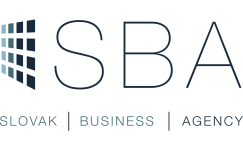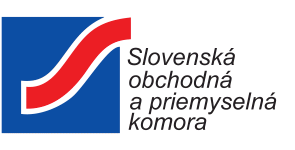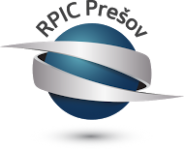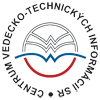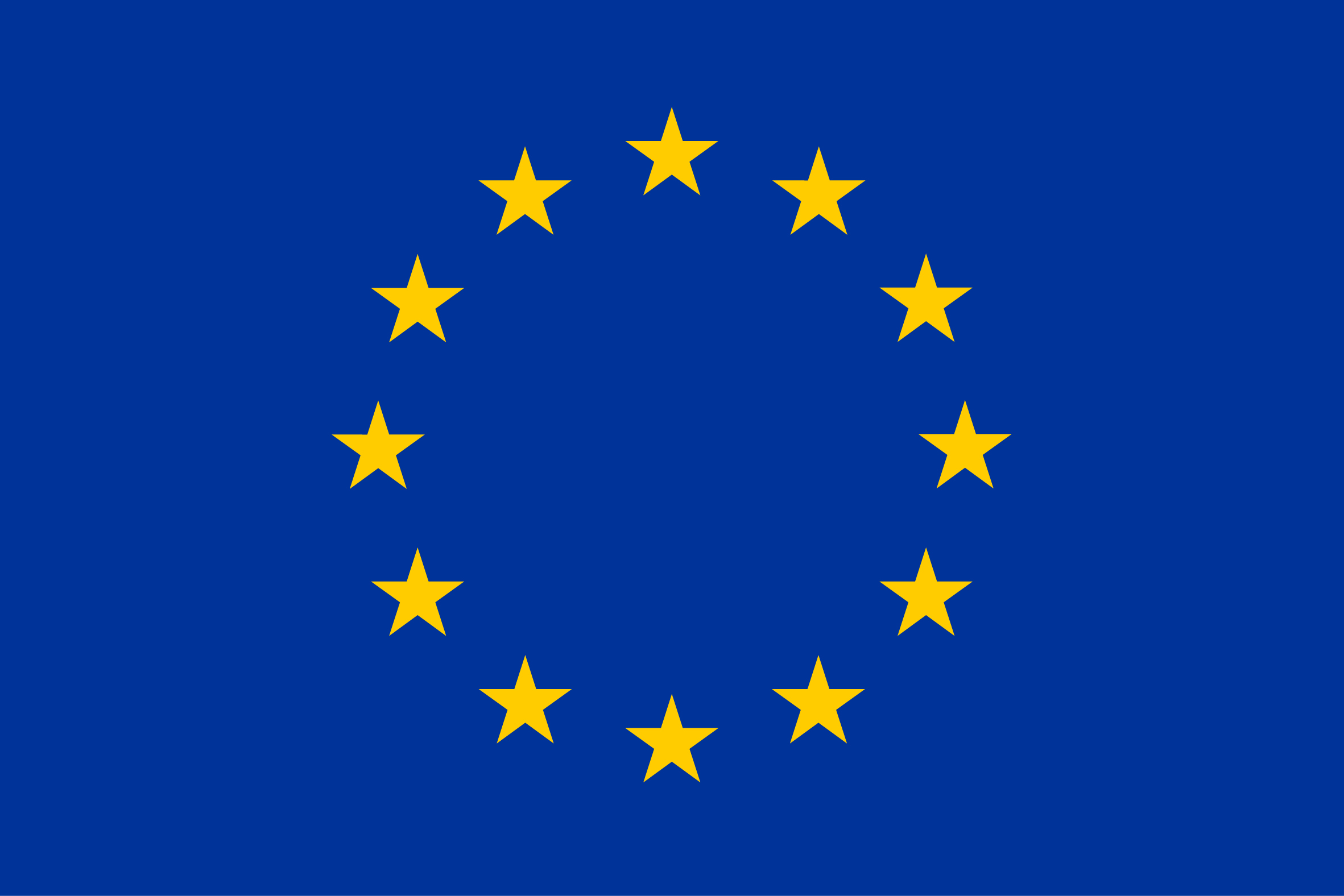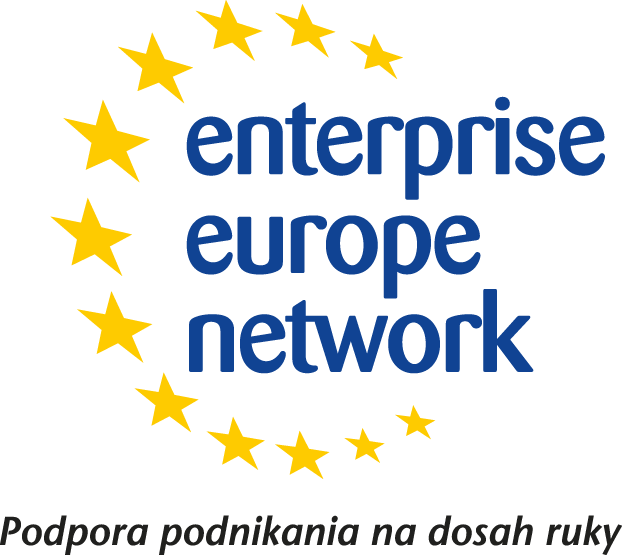Summary:
An Italian SME has developed an innovative service for defining skills, and competencies required by future occupational profiles.
Stemming from the results of occupational analysis this service defines the future scenarios and workforce job roles needed to ensure performances and safety aligned to the requirements of the sector. The SME is looking for marketing and commercial agreements with technical assistance, mainly in Europe and extra-UE. The SME is open for research cooperation agreemen
Description:
The Italian SME has developed an innovative service for defining skills, and competencies required by future occupational profiles. The service has been successfully applied to manufacturing and aviation.
The timeframe can be adapted to the client's need, applying the service described implementing training plans for repurposing of the production lines in case of large-scale emergencies.
The fourth industrial revolution (digital industry) combined with artificial intelligence and data science is designed for improving efficiencies whilst reducing costs. Despite these changes, the human being will remain in a key dominant role, because it is not expected that humans, will be substituted entirely by autonomous technology in the foreseeable future. Mechanical intelligence, for instance, is limited to the selection of predefined options, while human creativity, flexibility, the ability to learn and to improve are required to design and configure systems, processes, and products even in exceptional situations.
This innovative service allows us to explore the potential of the technologies in several working settings in the near future and to design the role of humans together with intelligent devices, intelligent systems, and intelligent automation towards safe and efficient working environments.
By adopting a human-centered design approach and a backcasting technique, and multi-criteria analysis this service allows to depict the near future, the main technological innovations introduced, the way work could change, and derive the new profiles needed to work effectively, efficiently, and safely.
A four-step iterative process is driven by the following areas of investigation:
1) Picture Of The Workforce Today: Description of how the workforce that operates/maintains services/equipment looks today.
2) Future Workforce: Expectations And Demands: Description of how the workforce, likely to operate the equipment/services, will look in the future and how it will change from today (divided by market/segment). What are the skills that will become “must-haves” in the future? The analysis of training needs is used as the main input for the design of different study pathways that will show possible options for vertical and lateral skills progression and advancement.
3) competencies and skills called by future: Which skills will be needed to interact seamlessly with machines that will do most of the information analysis work? What will be valued as a skill when options for decision-making will be presented to us automatically, without even asking for those? Which skills will be needed, when failures will require getting “under the bonnet” and understanding what is going on? What are the pathways for training and education to enable the acquisition of the skills? The step focuses on the co-design and development of training courses, coaching sessions, and other types of change management activities based on the needs analysis, skills gap analysis, and selected future scenarios identified.
4) Training and coaching: How can different profiles be supported in their skilling, upskilling, and reskilling processes? The last phase is dedicated to the implementation of tools and material to support new entrants (skilling); Professionals and practitioners (upskilling); employers (reskilling) and training providers who can gain insight into sector trends and existing and emerging skills that are in demand, and design programs to address industry needs accordingly. This step will be completed with insights into how the older generation responds to technology change. The company is looking for commercial agreements with technical assistance and research cooperation agreements. The goal is to assess new potential markets, to develop and design ad-hoc solutions to integrate them in different contexts. Europe collaborations are preferred but the SME is open also to extra-EU agreements.
Type (e.g. company, R&D institution…), field of industry and Role of Partner Sought:
The partners sought for are:
- companies (public and/or private). The partner should provide the company with all information about its product/service, clients, etc. in order for the company to set up customized field test measurements based on the innovative job role definition service
- private communication agencies. The partner could be supported by the company to prepare a job-role candidate selecting campaign.
- Research centers and universities for partnering in research projects
Stage of Development:
Available for demonstration
IPR Status:
Secret Know-how
External code:
TOIT20210412002


